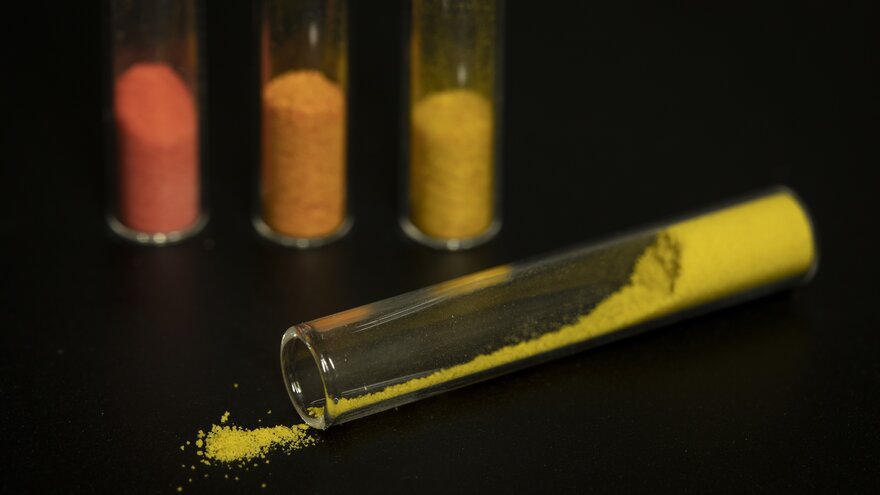Meltwater ponds in Antarctica are full of bacteria – both useful and dangerous. PhD candidate at NMBU, Volha Akulava, has researched these bacteria and they can be used to understand and predict climate change in Antarctica. She has discovered that while some of the bacteria can be used in industry, others can spread antibiotic-resistant genes.
“Antarctic meltwater ponds are unique unexplored biotopes characterized by a high complexity of microbiota and affected by ever-changing ecological factors”, says Akulava.
Meltwater bacteria can help produce valuable chemicals
“The bacteria are interesting because they can survive in very cold temperatures. So they can be used to study how organisms adapt to climate change. They could also be used to produce valuable chemicals, such as pigments and lipids”, Akulava says.
For her doctoral work, Akulava was working with bacteria from water samples from un-explored meltwater ponds in the Thala Hills Oasis in East Antarctica. She found that the water was alkaline and full of active bacteria. She identified twenty-nine different bacteria, belonging to 12 different groups. The most common group was Pseudomonas. Many of these bacteria can produce pigments and enzymes, which is useful for a broad range of industries.
Some bacteria were also resistant to antibiotics.
“This could be connected to animals living close to the ponds”, Akulava says.
As the climate in Antarctica rapidly changes, these bacteria could contribute to spreading multi-resistant genes. But the bacteria can also help us track the spread of antibiotic resistance and help us learn more about the impact of humans or animals in polar areas.
Changes in temperature affect the bacteria
Akulava looked at how the bacteria change their cell lipids, which are fats and oils, to survive in different temperatures. Her work shows that the bacteria can change their chemistry to survive in different temperatures.
“Most bacteria increased their lipid content when grown at lower temperatures. Changes in temperature can also affect other parts of the bacteria, such as their proteins and polysaccharides”, she says.
Akulava then looked at how the bacteria's overall chemistry changes when they are grown at different temperatures and in different types of culture medium.
“The biggest changes were seen in bacteria that can grow in a wide range of temperatures. Lipids were least affected by temperature changes, while polysaccharides were most affected”, she says.
Bacteria produce valuable pigments
Akulava found that some of the bacteria from the meltwater ponds produce pigments – or dyes. Some of these pigments, such as β-carotene, canthaxanthin, lycopene, and zeaxanthin, are used in several industry applications. Akulava also tested how some of these pigments react to blue light and how stable they are in sunlight, which is important if they are to be used in solar cells.
In this work, she used traditional microbiological and analytical techniques and combined them with modern vibrational spectroscopy techniques. These interdisciplinary techniques were remarkably effective.
“High-throughput FTIR and FT-Raman spectroscopy turns out to be very effective for screenings, bioprospecting, and biochemical characterization of newly isolated bacteria”, Akulava says.

Volha Akulava defends her dissertation "Comprehensive phenotypic characterization of newly isolated cold-adapted bacteria from Antarctic temporary meltwater ponds" Friday 1 March 2024. See the announcement here.
